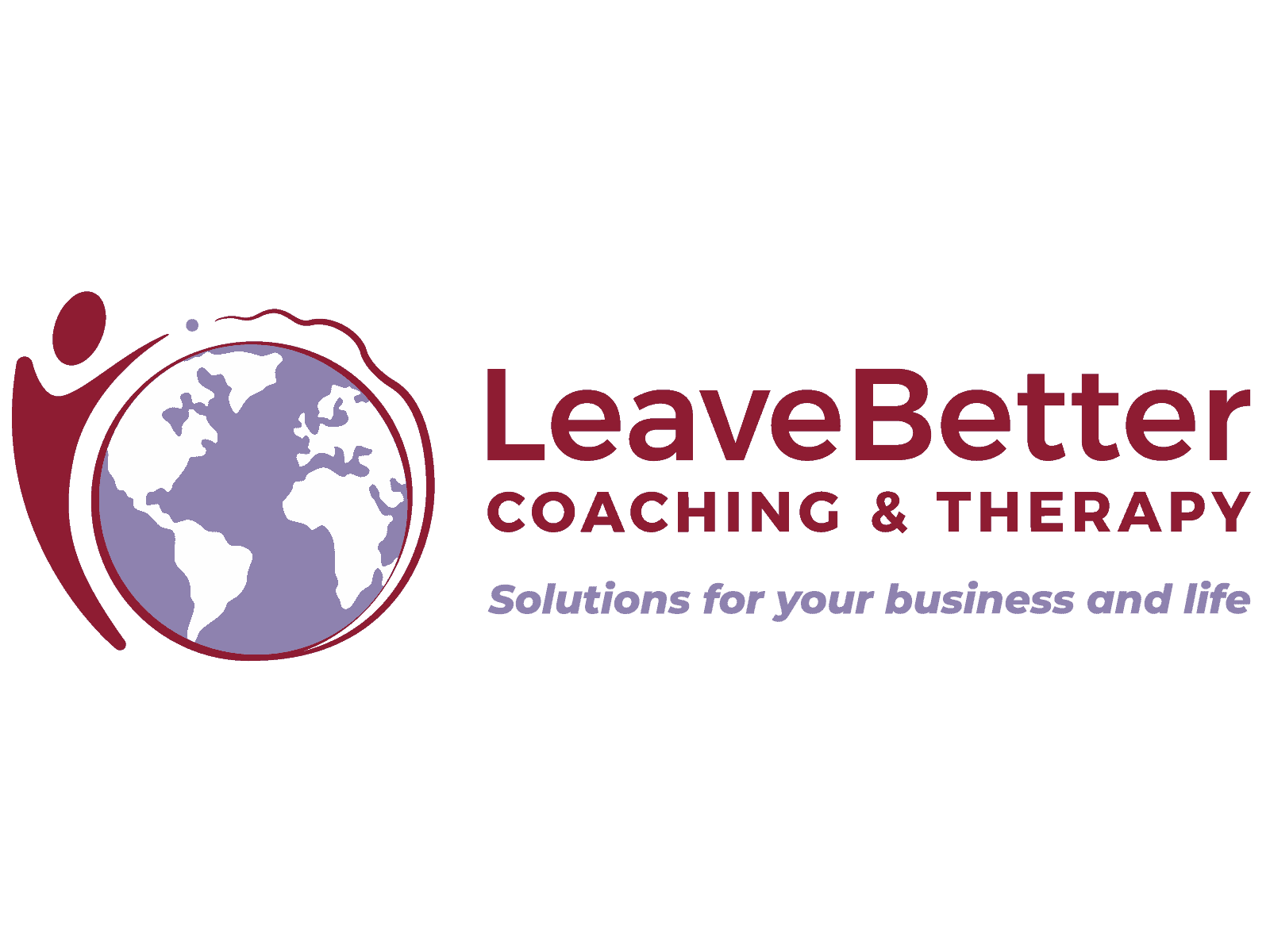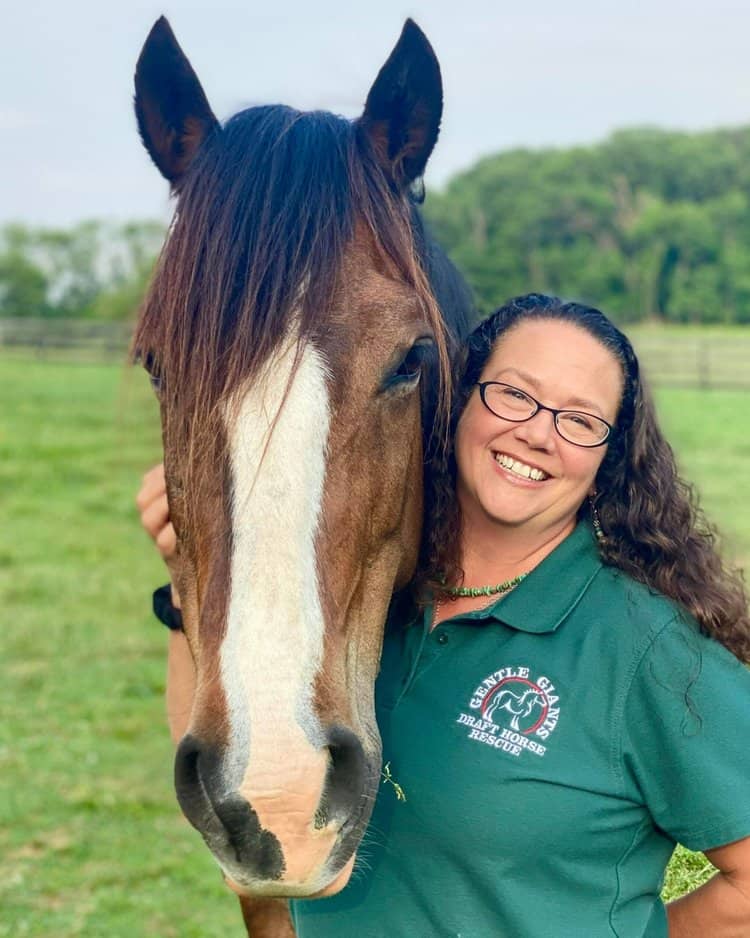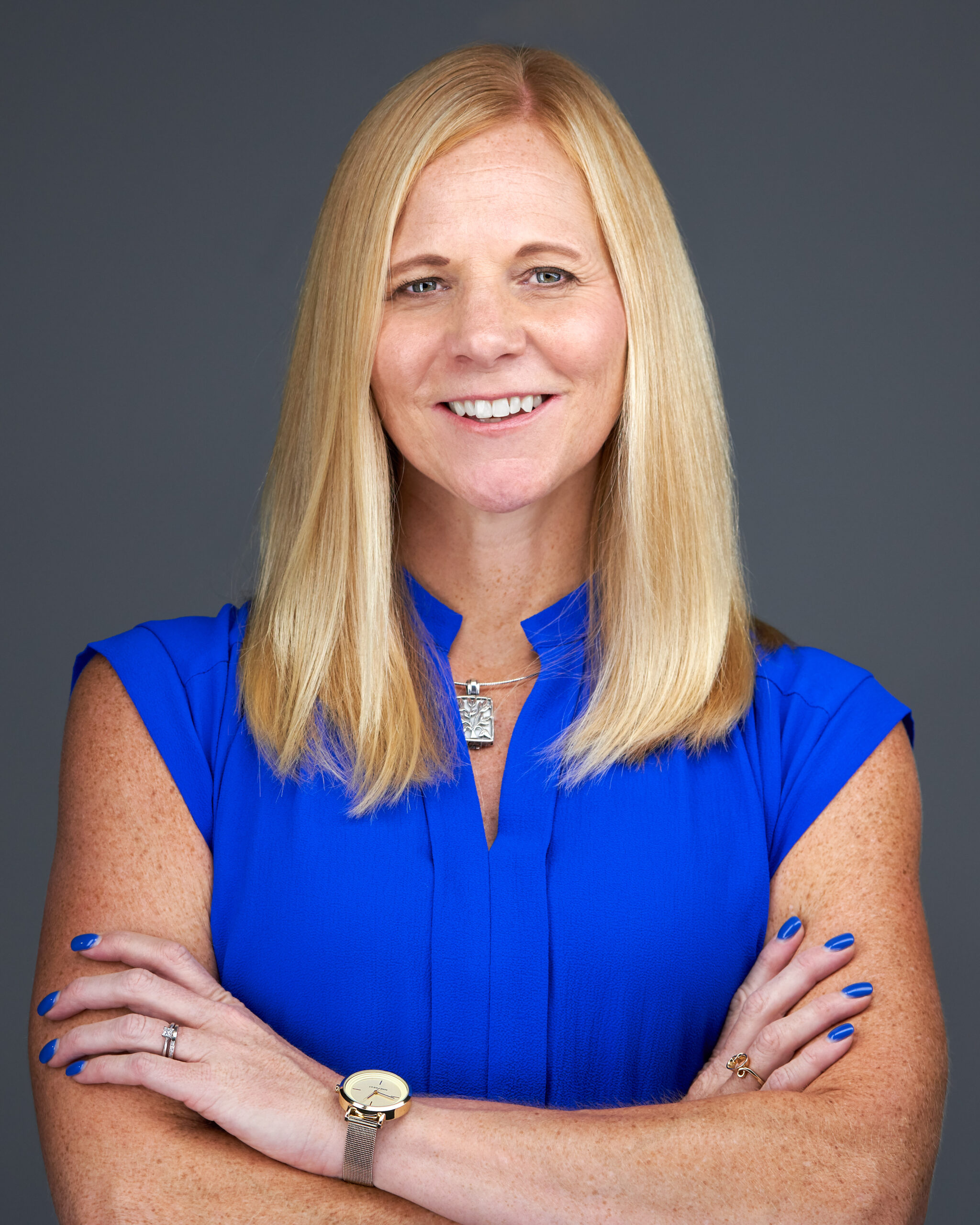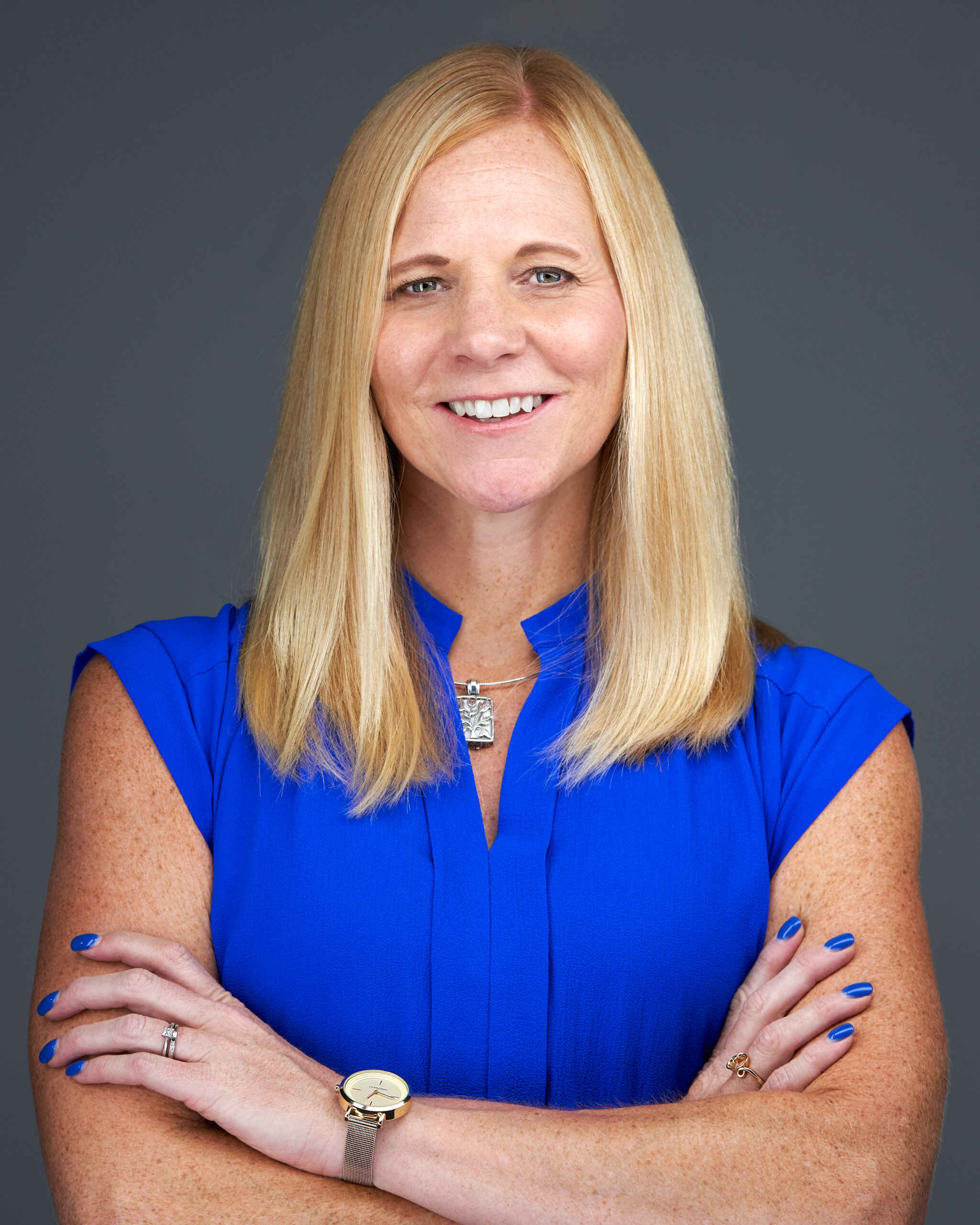How to Improve Family Dynamics Transcript
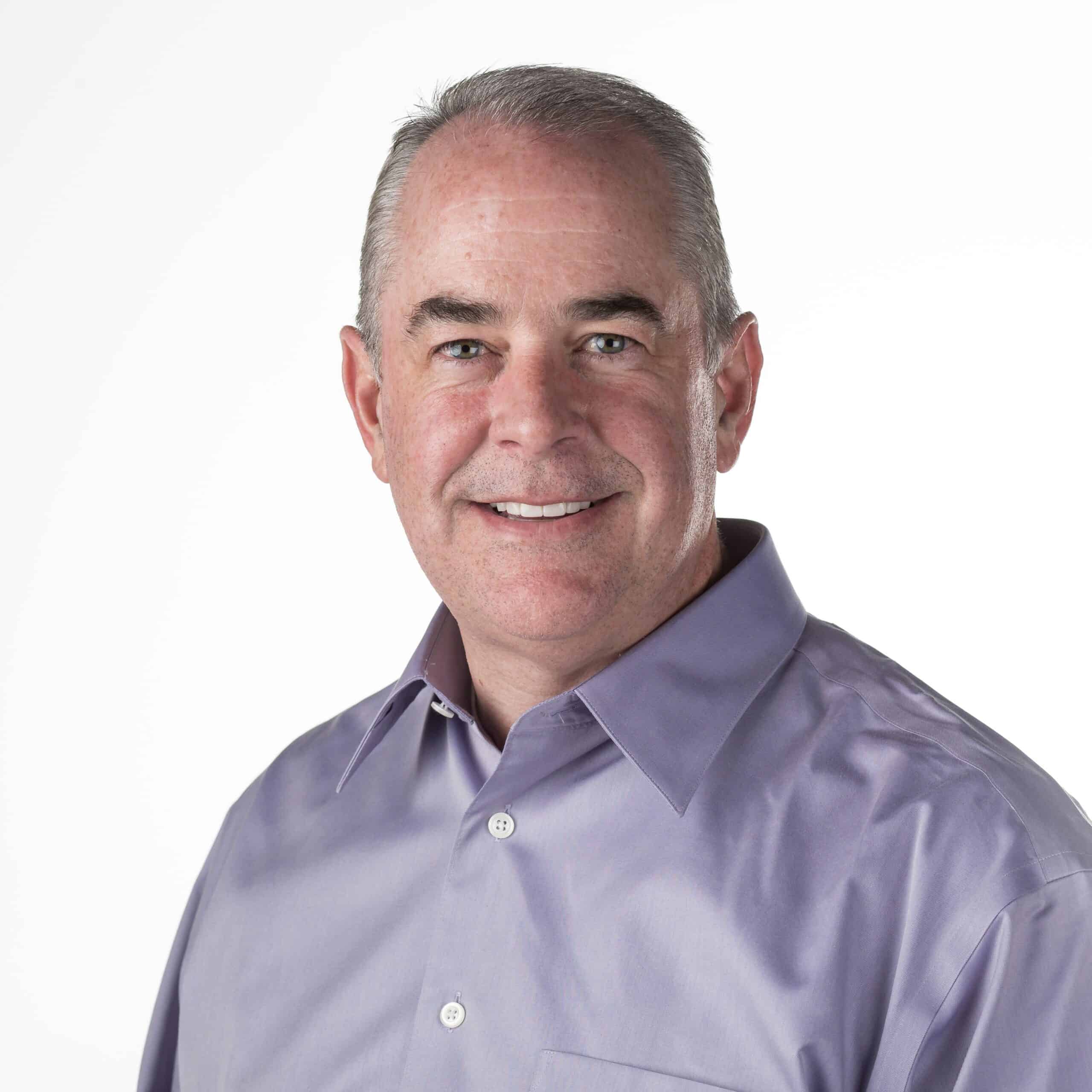
How to Improve Family Dynamics – Todd Williams
Miriam: [00:00:00] All right, friends. This is so much fun for me because I have someone that I knew, like I’m embarrassed to say, almost four decades ago. We got reconnected about a month ago. So Todd Williams and I went to high school. We were in a choir together. We just had such a fun working relationship. He was an officer. I was an officer. So many hours spent together there. And then we reconnected. I found out you’re a business owner and you’re working on a new venture and a podcast, and I was like, oh my word. I wanna interview you.
So welcome Todd. Why don’t we start with that And then you and I were talking before I hit record on just the miracles of what has changed in the last three and a half decades.
No cell phones, no internet, no podcasts. Remember when it was only radio and there was like nothing you wanted to listen to? [00:01:00] Yeah.
Todd: All of that radio. And here we are, radio and about three. Three or four TV channels that you had to get up off the couch to, to turn to. That’s right. Cuz your dad said, Hey, turn it to Channel five.
[00:01:15] Intro to Todd
Miriam: Exactly right. That’s exactly, exactly. Anyway, welcome Todd. This is just so much fun. Tell me a little bit, I wanna hear what you’re doing now, but if you don’t mind, for my own curiosity, you graduated with me in 1985. What happened with you professionally? From from here to there? There to here.
Todd: Well, first of all, Miriam, it is just a pleasure to, to be here.
I, I I’ve, over the years, I’ve, we obviously lost track. We didn’t have social media. We couldn’t, we couldn’t just keep track of everybody like like everybody does now. And it’s just a, just a pleasure to be on with you and talk with you and get to get to re reacquaint. So and the fact that you, you have the same passions of podcasts and business is even more exciting.
Todd’s Background
So so I gradu Yeah, we graduated. I I, [00:02:00] I, I left, I went to B Y U had a, had a girlfriend I served an l LDS mission in, in Pennsylvania, we got married shortly after I returned home. We spent spent a couple of years in, in Salt Lake.
But then most of our, most of my professional career has actually been in Phoenix, I started my love of technology. I worked at I B M and was a director of sales in selling system X servers, really kind of before the software boom.
This was all hardware and love my time with I B M, but I was more fascinated with technology and where technology was taking us.
Early on in our marriage, I bought a computer. And, and and it was, this was, you know, this was, this was late eighties, and so it was, you know, it was the I b m, you know, the I B m computers that were, that were just starting to take off.
Apple or Macintosh was kind of starting, but love the idea of where technology was gonna take the world. 2008 [00:03:00] we moved back to Utah and live in Utah County, and I started working in a company called Omniture. They’re a web analytics company that eventually sold to a, to Adobe in a, in a two, almost nearly 2 billion acquisition.
And I was part of that, part of that acquisition with Adobe and worked with Adobe for a couple of years. Most of my, most of my roles, Miriam, have been post sales. It was all around client acquisition, client growth client expansion product expansion.
Trustworthy Avenues
And I’ve, I’ve, I led teams over the last 10 years in. Six different continents managed 350 million in revenue and just, just loving the technology space. And now we’re, now we’re seeing a very tectonic shift into podcasts. And that’s really where the world is turning. It’s in, in this, in this, what I call credibility marketing space.
And people are becoming, are needing [00:04:00] an avenue to, to trust, to trust news. They don’t, they don’t trust news anymore. They don’t trust what businesses say about themselves. They, they they, they want to hear from the subject- matter- expert themselves. So I applaud you for what you’re doing here on this podcast.
Miriam: Oh, well, thank you. I can’t think of anybody better in sales than you because you’ve always been just such a people person. You’ve always been just really warm and approachable, and I, I can see you would be very good at that.
[00:04:27] What is Family Paramount?
Miriam: Okay, so let’s talk a little bit about. Your new venture, and then I’m gonna ask a whole bunch of questions.
That’s what you were doing on the outside of you, but a whole bunch of things were happening on the inside of you that allowed you to develop into that next step. Nobody has a 350 million venture that they’re navigating. , you know, without having some skillsets being developed along the way. So tell me what you’re doing now.
Okay. we’ll just go from there.
Todd: You bet. So let me, let me kind of tell you what we’re doing with [00:05:00] Family Paramount. I’m, I’m really excited about about what that is. It’s, it’s, it’s pre-revenue, but it’s a way to give back. And to help really what’s happening in family dynamics across the globe.
So I’ve, I’ve got two daughter, well I’ve got six children, Cheryl and I have six children. The two oldest are twins. They’re are identical twin girls. The first, the first one kind of went into marriage and family therapy Right from the beginning. She started working in, in, in boys’ homes. And and, and kind of rehabilitation centers or, or halfway, you know, halfway houses that get kids out of the jails, but into a, a setting where they can really thrive.
Meanwhile, her twin sister, identical twin sister went into specifically in elementary education. And so that, that she was teaching fourth grade and what was happening, Miriam was that her name was Britney, so it’s Tiffany is the, is the first one that I mentioned. Britney is the second one. [00:06:00] And she was noticing that as she taught these children, there was, there was gaps as the foundation of the family really was struggling.
Family Dynamics
The struggles of the fa family dynamics that were unfortunately be set in upon so many of our, our children these days. And when I, when I say family dynamics, I’m gonna, I’m gonna include all of the distractions, you know, the social media.
The, the news, the world events, the, the, the separation of families and, and divorce and all of those things, that all of us, all of us are, are, are are recipients of, in some fashion.
So my twin daughters got together and started talking about how do we solve this, right?
How do we, how do we solve this? So Britney decided to go back, get her, go back, get her master’s degree in marriage and family therapy as well, but specializing in play therapy and specifically in adolescent and child therapy. So we have the [00:07:00] dynamics of these twin girls who are master. Master therapists really in, in, and that’s master is my, is my definition, I think, but in a way that can help children and families become better.
Growing Together
Because what was happening is, as Britney would, Britney would, would have therapy sessions. She noticed that most of the time the parents needed the therapy sessions as well.
Yeah, yeah. You’re probably, you’ve probably seen that in your therapy, se your therapy practice. Mm-hmm. . Mm-hmm. for. . And so my, my wife got her master’s degree in, in family living and family life from B Y U and and ultimately in chi, early childhood education.
And so the three of them got together and said, Hey, we, we, we want to. Have this psychoeducational site where we can give podcasts and video blogs and information to, to help the masses on [00:08:00] learning, building, and really understanding fa, what is family dynamics and what are, what are the right family dynamics that we should be creating from children and as they grow to adolescent. To teenagers and even within a couple and couple couple couple relationship strategies.
So we’re in the process of building that out. We’ve got a fa we’ve got a website that’ll go on go live probably by the first of the year called family paramount.com, where we, we literally are lit trying to help families learn and understand and better their family dynamic.
[00:08:36] Monetization
Miriam: Wow. I love it. And it’s super needed. I mean, we just are seeing for more reasons than we can even discuss here, the. , the families are struggling. It is a hard time to have young children and how fun that your entire family can engage on this as a, you know, as a unit. It’s something that you can, you know, work on at [00:09:00] the same time as, you know, do normal family things.
So, yeah. You said it’s pre-revenue. Let me ask kind of your long-term goals with this, because sometimes people create pet projects. That never, they never intend to monetize them. They just, that’s their act of service to the world. Other times, their act of service to the world is monetized, and there’s no right or wrong in that, but you do have to have a little bit of a clear vision, what your intention is as you go into that.
Todd: Yeah. So right now, I, I kind of look at it as the create, grow. Monetize, right? Yeah. So right now we’re gonna create, and we’re going to, we’ve, we’ve written, well, I, I’m, I’m kind of the backend technology brains behind it. But they’ve written quite a few articles and blogs that we will be post at launch.
We’ve got some, we’ve got a, a pre-launch trailer that we’re, that we’re, we’ve recorded, we’ve recorded one episode of a fa of a family Paramount blog podcast. [00:10:00] And our long-term strategy really is to just help families. So that’s, that’s what we’re going into it for. We’re not, we’re not, we’re understanding that, that this is not a, a multimillion dollar venture.
Goal of Monetization
But what was, what was heartbreaking to me is when I heard that Britney and Tiffany had a six month waiting list, and it takes six months to get into them and there’s simple basic practices that they should be learning. The people should be learning now about how to love, how to, how to trust, in a, in a normal, healthy family relationship.
So we’re gonna create and we’re gonna create all of the necessary articles around all of the dynamics of child adolescent play therapy of a of, of, of, of teenage, teenage reactions, appropriate child play, appropriate teenage, teenage practices. And then ultimately family. So, we’ll, it’ll, it’ll grow. I’m, it’ll grow [00:11:00] into a monetization events seminars, courses obviously podcasts and, and video blogs.
but we want to help. We want to help families. Yeah. Create a better family dynamic.
Miriam: I mean, that is pretty evident. Just hearing your enthusiasm for it. Your face is lit up when you talk about it. It’s really an important thing and I appreciate kind of your long horizon on that. Something that I find interesting, many people I don’t know, as someone who is a therapist and also a coach, I have this predilection toward one-on-one type things, and to think that that is maybe the best or the most efficient. But also as I’ve continued in my own development, I’ve done quite a few kinds of business classes and self-development classes that have a video component and then a group component.
And honestly, you can grow equally as well through that, and it’s much more [00:12:00] scalable.
Having Someone There
Part of the reason that your daughters have a six week wait or a six, I couldn’t remember if you said six week or six month, but many therapists are just booked out the wazo and part of that is insurances and you know, this, that, or the other, but it really boils down to a lot of people are struggling and there are more, there’s more demand than there are therapists to be able to do that.
It’s just, it’s common where you are. It’s common where I am and what I hear you creating is a space where people can come and you don’t have to like, rely on Google and go here for one article and there for one article and whatever. You can go to a centralized space that over time you’re going to develop, you know authority, material authority and people will trust you.
And then you have, you know, this landing place where people can come and grow and hopefully there’ll be some community aspects [00:13:00] to it where they can meet each other and help each other.
Something that I think is also just a problem that you’re solving when you have difficulty in families, they’re habits that are, I’m gonna use the word maladaptive habits and generally, The people you know have the same habits you have.
And so, you know, if you listen to self-development gurus and influencers, they’ll say that, you know, you are the average of the five people you spend the most time with for good or bad. And it’s very difficult if someone wants to change the five that they’re around. They don’t know anybody like that.
And so what I hear you doing is you’re providing an opportunity for people to hear from people who have different habits, maybe.
[00:13:51] Generation to Generation
Todd: It’s a great way of saying it. I I, I, I hadn’t thought about that, but you’re right. It’s, that’s absolutely the case, especially, especially when you have dynamics in a [00:14:00] dysfunctional family that goes from generation to generation.
They don’t necessarily know what they don’t know. And Of course, and so, you know, the basic, the basic fundamental things that, that I think you and I grew, grew up with in, in, in a, in a, in a way that is, Love and, and devotion and trust and, and all of those things that, that I think I, I, I took for granted growing up is, is a way that is a way that we can, we can teach people, right?
Which is ultimately what a therapist does is, is give another approach. You know, have you thought about this?
And I remember. My my daughter telling me a story about she, she came home a couple of days ago and or home, she just came to our house a couple of days ago and she said, you know, I, I really feel like I helped this couple come up with some, some different ways to, to function within their, within their family.
And I said, well, what, what was it? And she kind of laughed and she said, well, I told them that they should use paper plates. [00:15:00] and and there was this big family argument, dynamic problem that was all around dishes in the sink and, and scattered dishes around the couch and all of these things. And, and my daughter, my daughter who’s the therapist, said, you know, Jane and John Doe- just use paper plates.
The Simple Solution
And and the, the couple came back the next day and they said, you know, that was such a simple solution, but we hadn’t thought about it, and we needed you to tell us about that.
And so, you know, it, it’s so simple. It’s such an easy thing. But if you’re stuck in the hole, you, you just can’t see outside the hole for so many reason.
Miriam: Often the simple solution is the most elegant solution and sometimes it takes someone on the outside of you to just ask a question, right? That makes you think, oh, well yeah, why didn’t I think of that?
For sure. [00:16:00] So I’m gonna bounce out of the therapy space and more into the coaching space because I wanna hear as you went through, you know, you’re in midlife probably at the apex of professional career. And as you went from this to that and the various steps, what skillsets did you learn that are helping you architect this new project?
Todd: You know, I’ve, I’ve looked at my life over the last 20 years in, in retrospect often, right, because I I’ve gone into technology and then I went into customer success, and then maybe I went into, I went into marketing I went into sales. I, I, I started growing different aspects of my career, working with difficult executives, working with good executives, working with difficult employees, working with good employees trying to figure out ad campaigns and ad insertion campaigns and, and, and different types of, of podcast solutions and [00:17:00] how that all works.
Culmination of Success and Failures
And, The things that I’m doing now, I’ve kind of come, come to the conclusion that the things that I’m doing now would’ve been virtually impossible to do 10 years ago. Not because the technology’s different, not be because the world is different, but because I’m different and my knowledge set is different.
And so all of the failures, and yes, I’ve had many, all of the failures and all of the successes have culminated and continue to culminate into a, a, an avenue of success where I can thrive. And if I wouldn’t have had those difficult, difficult situations terrible successes future fail, you know of past failures, all of those things.
I, I wouldn’t have been able to accomplish things that I’m trying to accomplish now.
So it’s, it’s interesting your perspective as you get older because [00:18:00] you, you see the, you see the failures that you’ve, you’ve done, you’ve done, you see the, the successes that you seen in others or even in yourself. You see the, the failures potentially.
In your children or the, maybe not failures, let’s say, let’s call them learning experiences. You know, the, the learning experiences that your children are, are having and it just, it’s good, you know, the, the, the, the fact that, that I’ve got a, a, a, a, this, a son at, at, at the school. That is maybe, maybe frustrated.
He’s in a senior year at B Y U and he’s, he’s frustrated with everything that’s coming at him, and, and I just kind of smile and say, keep going. You’re doing it’s okay. You’re, it’s okay. You’re, you’re doing good. You know, over the years, I’ve this is maybe a good thing to add. ‘
[00:18:53] Todd’s Mission
Todd: Over the years I’ve I’ve written a personal mission.
and, and that that mission statement has, has [00:19:00] kind of adapted and moved and changed and, and but for the most part it stayed. It has stayed pretty, pretty consistent. And it’s a simple statement. It’s, it’s four kind of four for tactics.
It’s, it’s, be happy, be better, find good. and move forward.
I try to be better every day. I try to be a better person, better, a better, better husband, a better father, a better son. I don’t always succeed, but I try every day find good. I want to, I want to look for the good in life. Look for the good in things. Look for the good in people.
Trust that that they. Have the best intentions at at heart, and then also just get up every morning and put your pants on and move forward.
You know, I think for me that is, that’s been how I’ve tried. To [00:20:00] live my life and, and learn, keep learning every single day and, and hopefully when, when this mortality ends, thinking, okay, I’m, I’ve, I’ve accomplished what I’ve wanted to accomplish in my life.
Miriam: Yeah, you’ve lived a good life. Todd. What I appreciate about what you just shared is that two of those things were mindsets and two of those things were actions or behaviors, and where I think so many people get stuck.
Either they’re, they’re doing activities that aren’t maybe evaluated. They’re habitual, they’re not really thought through, and a lot of people, I think, have prisons in their mind and their mind circle on negativity, or they get caught up in outrage, or they just aren’t really pushing into that space of the best version of themselves.
Mindset and Behavior
Yeah, and you really have to have both. I mean, you can’t have a productive mindset without it turning into behavior that’s, [00:21:00] that’s really just impossible. And you’re kind of deluding yourself if you’re like, oh yeah, my, everything in my head is just going great. Well, it, it has to show up in your actions because that’s just how we’re wired as people.
And I appreciate the thoughtfulness that you have taken throughout your I’m gonna use the word adult life
cause you, yeah. Cause you, you, you knew me in my, in my adolescent life. , . Well, even in your adolescent life, you were fun. Everybody loved you, and you got stuff done and you were very networky and connecting even then.
But it, it was in a young way, you know?
And how cool I was talking to somebody the other day. They were asking me about my career, and I said, I’ve always done the same thing. I have always listened and helped people with their roadblock, whatever it is, and helped them reach their next level of themselves.
And in high school it was listening to [00:22:00] people talk about their boyfriends. And in college it was something different. And then in my first career, it was mentorship, and my next career it was therapy. In my current career, it’s professional coaching. It’s the same skillset set, right? Yeah. Listen, Be present, ask a question that will move a person.
Time Stands Still
I love, I love that. I told my husband when I came home from this reunion where I saw you met reacquainted with you. Yep. And I took my hands, you know, a foot apart and I said, here was high school. Here is now. And in some weird way, we pulled those two spaces together as though 35 years. Hadn’t happened, and yet it clearly has happened in our, our depth and our, well, in my case, my breath.
We won’t talk about that, but , I said, yes, Cheryl and I felt the same way. It’s interesting how you can reacquaint with someone after so many years [00:23:00] and. , it’s like nothing ever happened. It’s like time stood still, right?
Sure. For sure. It’s one of the mysteries of the universe, the both, and where we all clearly have changed and also our inner core. Soulish, humanity is still the same.
[00:23:19] Skill Sets and Failures
Miriam: So I wanna bounce back to the, when you were talking about these skill sets and the, the successes and the failures over the last three and a half decades, can you get specific, because I think specificity really helps people.
Here’s where I thought X or I did x. Big mistake. And this is what I learned in the context of that.
Because we’re all on this path to you know, reach our next version of ourselves. And what is obvious to one person is a revelation to the other.
Todd: So two experiences that have really changed my, [00:24:00] my look on people, my look on businesses.
I was talking to my mom this was quite a few years ago, probably, probably 20 years ago, and she said, Todd, remember that people look out a window.
And see a different view. So what that did, Miriam, is it allowed me to take in people’s views and understand people’s view. Very, very differently over the years because their view out, their picture out of their kitchen window is just different than mine.
It’s not wrong, it’s just different.
So there was a quote by, by Zig Ziegler, who’s, he said, you don’t build a business, you build people. And then the people build the business. And as I’ve, as I’ve built, let’s see, I’ve started 1, 2, 3, 3 different businesses. I’ve tried to, and then been an executive member of the leadership team [00:25:00] of, you know, three or four others.
People First, Then Customers
But as I’ve tried to go into that, I’ve tried to focus on the people.
People first, then customers, then the business, and, and, and there’s, you know, there’s a lot of people that will say, no, no, no, you gotta focus on the customers. No, no, no. You gotta focus on the revenue. No, no. You gotta my view, my picture Window , right?
My, my, my view. Is focus on the people first, focus on the employees. Give back to the employees. Let the employees know that they are the most important people and customers come second, in my view, if, if I always do that and have employees that trust me
they will ultimately follow you into building a successful business.
There’s another, there’s another quote by Muhammad Gandhi that I, I try to follow. It’s be the change in the world that you want to see. You probably are familiar with that. And and I’ve tried [00:26:00] to be the change, right?
Be the positive influence, be the good, be the positive, be the, be the one that, that, that stands out.
Miriam: Yeah, I appreciate that. I have que two questions that are taking me in opposite directions and I’m not sure which one to ask first, but I think I’m going to ask when when you have failed, as someone who is a basically positive person, what’s the message you hear inside yourself and how did you approach that failure?
[00:26:34] Approaching Failure
Todd: So this is a great question. I don’t fail well. You know, I, I don’t, I don’t fail well and I have, I have failed countless times. I go back to the mantra of be better, move forward, be happy. You know, life, life is hard and life is hard for all of us. And the only way really to get through this life is to lock arms. Connect with people who love you, connect people. [00:27:00] Connect with people you don’t know and that you need to know and move forward.
Miriam: Yeah. Boy, that is really well said. I know that something that has helped me when I’m in a quote unquote failure space, and I don’t know who said this, I never lose. I only win or learn. Yeah. And I think, ugh, if I can just internalize that, and I do most of the time, but something that you’ve mentioned that I think is profound and really important.
You said link arms and connect. When you’re in that space that you feel like you failed, you need someone else. N not necessarily a book or a you know, pla a, a phrase. You need a human, a live human to look in your eyes and say, I love you anyway. Mm-hmm. , and it doesn’t matter to me. I’m, it matters to me in that this has made you sad, but it doesn’t make me think any less of you this “failure”. You know, we need real [00:28:00] humans to give us hugs and to say, I love you anyway, and you’re worth so much more to me than this activity. Whatever it, whatever it is.
Connections
As people are losing their employment, their sense of self just takes such a hit does and a lot of times it isn’t actually about them. Nope. It’s about all these other factors yeah. . So I love that.
Todd: There was, there was an experience that I had actually when I was in Phoenix, I, I had lost my job. It was a layoff. We had, we had merged with another company and duplication of efforts and it’s ultimately what brought me, brought me to Utah, right?
So, Which was actually a really good thing, right? But at the time, I didn’t think it was a good thing, thought it was either my fault or what could I have done different or what could I have. And I remember I got a phone call. It’s back when we called each other instead of texted each other, I got a phone call.
I got a phone call from a, from a friend that said, Hey, I, I want to, I want to. I want to, are you available [00:29:00] for lunch on Tuesday? Let’s go to lunch and let’s talk about who I can connect you with. And and I’ve, I’ve since thought about that over the years, and I’ve tried to emulate that in my own life now.
Whenever I hear of someone that’s, you know, needs some connecting, I, I really try to reach out and say, Hey, I’ve got a lot of connections on LinkedIn. Who do I know? Who do you need to know? And how do we connect? But for me personally, that was such a, a wake up moment because he, number one, he didn’t have to do that.
The Human Response
He was busy, but he took the time to call me and say, Todd, you’re important to me. Your future’s important to me. How can I help? It’s the. It’s the, the, the human response that I needed to get myself, you know, off the couch or out of the bed or whatever and move forward. Yeah. You know? Yeah. The human response, what I appreciate about what
Miriam: you just shared is that there is the [00:30:00] aspect of actual help.
Did connect you with people via LinkedIn or whatever. Yeah. But what probably helped you even more, at least initially, is he asked, how can I help? And I’m always talking with my kids and saying, just ask me how you can help. Nine times out of 10 I’ll say, I’ve got this. I don’t. I we’re good. I just wanna know you’re in this with me.
And that’s what this gentleman did for you is he got in it with you. That’s wonderful. I love that. , what a beautiful what a beautiful story. You’ve had some good people in your life, for sure. Yeah.
[00:30:36] Habits, Actions, and Thoughts
Miriam: Okay, so can I ask you a coachy question? Sure. You bet. All right, so you’re starting this new venture. You have been involved in several, like very large.
Successful ventures, you’ve done two or three companies of your own. If you are standing in this point and you can see two directions, there are certain things [00:31:00] that you could do that would expedite this new venture, and there are other things that you could do that would just slow it down. Just habits, actions, thoughts.
Paint me a picture of if you were standing in that point and you were like, okay, if I do this, this, and this it’s gonna speed this sucker up, and if I do this, this, and this, whether it’s between your ears or actual, you know, things, you’ve, you’ve been around the block a couple times with these business ventures and you know, what will, you know, light the rocket underneath it and what will pour water on it?
Mm-hmm. . Tell me, tell me what those things are.
Todd: Let me, let me start with the success, the, the things that I, I know drive success. Okay. And this is, these are Miriam. These, these are some things that, that I’ve thought about.
Recipe for Success
Success to me is, is so personal because what I believe [00:32:00] is success or what you believe is success could be totally different things.
Most of the time it’s not financial. Or maybe shouldn’t even be financial. Right? Right. But but the, the kind of, the kind of the recipe is, is great marketing, great product. I have a list here. Great product, great marketing, engaging sales. Equals success. Mm-hmm. . So if you have a great product and you have great marketing and you have engaging sales, those three things together is is successful.
What’s interesting about that and what I want to kind of talk about is. It’s not just a good product, it’s a stellar product. You have to have a stellar product. You have to have, you know, great marketing, not just, not just mediocre marketing. You have to have great marketing. You have to have engaging sales, not just salespeople, but you [00:33:00] have to have engaging sales.
If when you have all three of those, you have a recipe of success.
Evaluation
I’ve always hired Miriam. I’ve always hired for personality. I can, I can teach, I can teach people. Right. Yeah. But always it’s tough. It’s tough to teach personality. Yeah. So when I interview, if you ever interview with me in the future, anyone out there, I’m looking for personality because I can teach them how to sell or how to market, or how to produce, or how to engage.
But I can’t, I can’t change their personality.
Miriam: So then you asked, then you asked what are the things that just roadblock Yeah. Hang on a second. Cause I wanna go ahead, comment on this. Yep. I heard you say food, water, oxygen, . If you’re missing any one of those three, this thing is gonna die. And it’s, it’s, and it’s good food.
It’s good luck, good for good air. Right? It’s, yes, exactly. It has to be evaluated and lack of [00:34:00] evaluation, whether it’s in your business or your personal life, it’s choosing mediocrity. Yeah. So I, I love that. I love that you have this written down. It’s like right in front of you.
Todd: I’m going, oh my gosh. That’s, this is what’s, what’s interesting and, and is it’s, it’s at the top of my Evernote. Huh And whenever I open up Evernote, which is my daily, it’s, you know, that’s, that’s where it is, you know?
Miriam: Yeah, yeah. Well, you’re just getting your brain thinking and thinking and thinking always on that.
That’s part of your D N A now.
So, yeah, let’s move on to the roadblocks.
[00:34:34] Roadblocks
Todd: So there is, there really is Miriam only one roadblock. Mm. And that is, that is between your ears. Yeah. It’s, it’s your, your ability to believe, you know, it’s your, it’s your ability to hope.
It’s your ability to believe, it’s your belief. It’s your ability to move. It’s your, your ability to, to, to put past the negative thoughts and create.
My grandmother, many, many, many years ago, while [00:35:00] I was, you know, in my early teens told, told her family a statement that said, in periods of calmness in your life, there is no growth.
Mm-hmm. . And, and so sometimes those periods of calmness are. Oh, time to breathe, right? Yeah. Yeah. They’re, it’s, it’s, they’re good. Catch your breath, . Okay. It’s good. And, and we, and we, and we look at those times and we say, we say, okay, I can, I’m, I’m finally out of trial, or I’m, I’m finally out of struggle. But you have to realize that in those periods of time, there is no growth.
In high school, which we thought was so hard that, that we now realize were not hard. You know, college where, where we thought that was so hard, which it wasn’t very hard. Right. totally. You know, all of those things have helped us become who we are, but it was through the trials and struggles.[00:36:00]
that we did that.
Anyone can be Anything
So, you know, going back to the, the, the things that will stop a business or stop thriving is when we, we, we have an opportunity and we say we can’t do it.
Yeah. Right. So that’s, for me, it’s, anybody can be anything, you know, anybody can be anything. We just have to have enough willpower and determination and, and and enough days.
Sometimes it takes a lot of days.
Miriam: Enough days. And I would also say enough support, enough support, enough flow to mm-hmm. , all of that to, you know, to be able to get there.
[00:36:37] Shedrick Wildlife Fund
Todd: Oh Todd, this has been so fun. I appreciate you just immensely. So we had mentioned, I had mentioned to you before we started that as a thank you, we do a donation to a charity of your choosing in your name, and you had chosen the Sheldrick Wildlife Fund.
We’re going to adopt a baby girl Elephant in your name, and you’ll get monthly [00:37:00] updates and you can see how she’s being taken care of and will eventually be released in the wild.
We’re all about leaving things better here in conversation and in action, and this has been a great, just a great interview.
Thank you so much. Oh, Miriam, it’s absolutely been my pleasure. It’s been, it’s great to talk, it’s been great to reminisce about the old days and about some of the things that that’s gone wrong and, and good things in, in your life and my life. So it’s been my pleasure to be with you. Good. Very good.
End Credits
Listen to the episode on Apple Podcasts, Spotify, Stitcher, and Google Podcasts, or wherever podcasts are found.
Full audio episode found here.
Transcripts of all episodes can be found here.
All LeaveBetter Podcast episodes can be found here.
Music by Tom Sherlock.
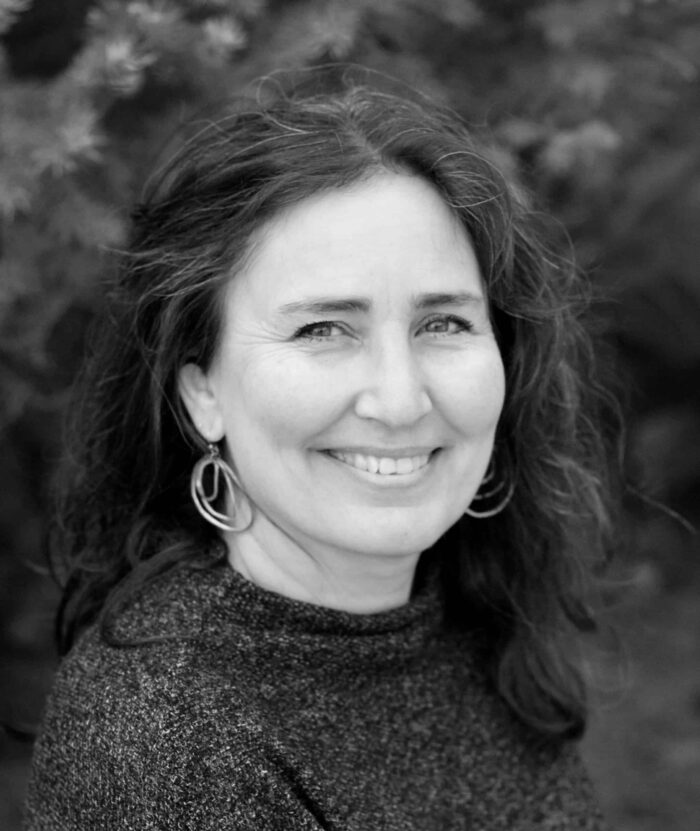
If you are curious to know more, please contact me!
As someone who has been a therapist for over a decade and has been coaching people for over three decades, I am uniquely qualified to address your concerns.
